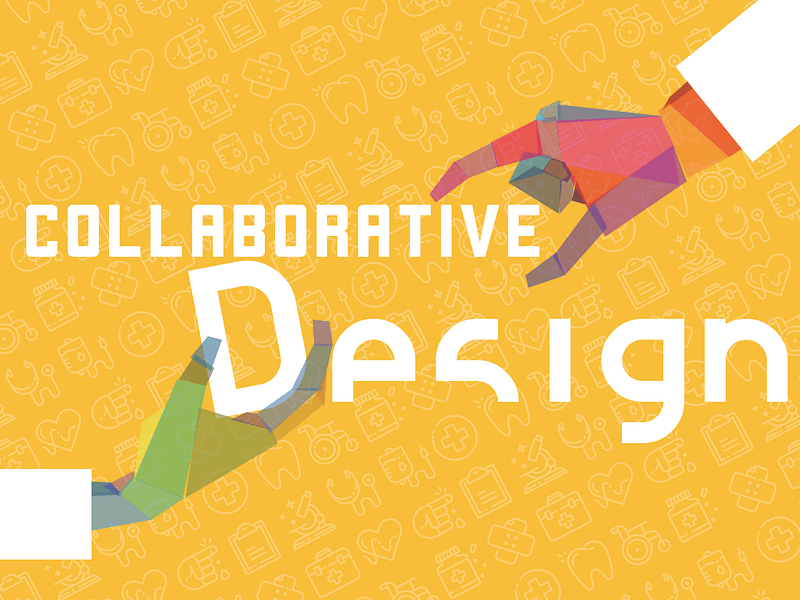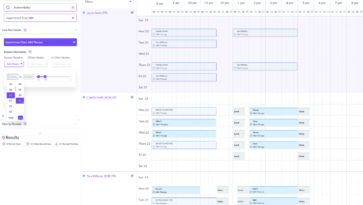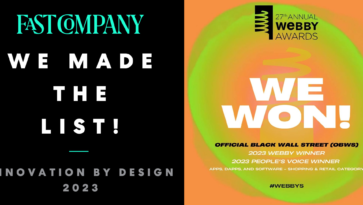
Design thinking can live anywhere — hospitals included. While divergent thinking and rapid prototyping might not always be a good fit for the operating room, there are spaces within the clinical setting that lend themselves to design collaboration and iteration that take place in design “sprints.” The 2002 “Kliv” case study from Malmö University Hospital in Sweden is illustrative of the opportunity for health professionals to engage in innovation and design. Malmö University Hospital has since merged with Lund University Hospital to form Skåne University Hospital, housing 12,500 staff and 1750 beds in one of the world’s most eco-friendly hospital complexes.
The medical staff at the intensive care unit of Malmö sought a way to onboard and remind new and existing staff members of the standard operating procedures for various machinery and medical devices in the unit. Training workshops just weren’t cutting it — no one really had time to train every new staff member on each device, and the library of instruction manuals in the main office was of no practical help either. The existing solutions for knowledge management were not integrated into people’s daily routines, rendering them useless to the intended users. Thus, what product designers would call the MVP (minimum viable product) was defined as a solution that could deliver knowledge to users in a way that didn’t disrupt workflow. The first leg of their solutioning would not need a fancy support system or elaborate hardware; they first had to prove that a knowledge delivery system was feasible in the clinical space.
For the solution process, the hospital worked with researchers from the Interactive Institute, an experimental IT & design research institute in Sweden. The Interactive Institute took on the product management role, directing the planning, communication, and design aspects of the project. The team of product managers and hospital staffers approached the challenge with design sprint methodology. The first design sprint developed an MVP through rapid collaboration. Staff members in the hospital used personal-grade camcorders to record each other operating hospital equipment correctly. The unedited videos were then displayed on computers housed throughout the hospital. The production quality wasn’t that of a Hollywood blockbuster, but something serendipitous emerged from the user-produced instructional videos. Because the video production directly incorporated the intended users, the content that staffers created was relatable, helpful, and naturally paced. The MVP served as both a proof of concept and an example of the value of including all stakeholders in a design process.
Because of the strong proof of concept presented by the “home video” MVP, the hospital staff was able to present a strong proposal for an expanded roadmap. They expanded into purchasing PDAs for staff members and enlisted programmers to assign a barcode ID to video clips, enabling staffers to scan a barcode on a piece of equipment in the unit with their PDA and immediately view the corresponding instruction video.
The key for Kliv was avoiding getting caught up on creating the perfect, most beautiful solution to their seemingly complex problem. Their solution had to have winning components: a collaborative design sprint and a clear focus on an MVP. Collaboration among the hospital staffers as well as collaboration between the hospital and design professionals enabled small design steps to make large leaps in clinical productivity and efficiency. There are many more unique opportunities within the healthcare ecosystem to enact effective, incremental solutions in areas such as triage, staff communication and workflow streamlining, patient empowerment, and more efficient patient discharge. The future of healthcare and design collaboration seeks to continue to disrupt and improve the “final frontier” of the tech renaissance: the design slate that stands blank within our hospitals.
— Cassandra Gibson, Apprentice at Sidebench
Cassy is a Rice University alum and Texan transplant surviving in Los Angeles. Her interests include environmental justice, vegan cooking, discovering great podcasts and petting dogs.






